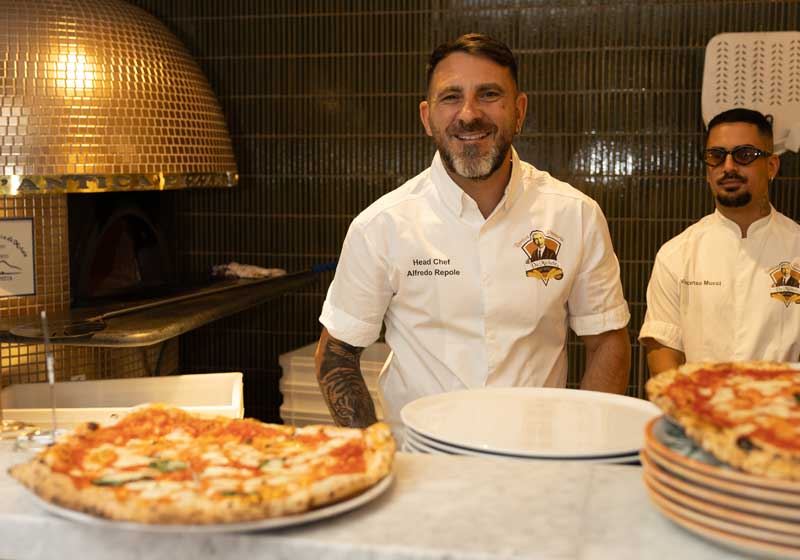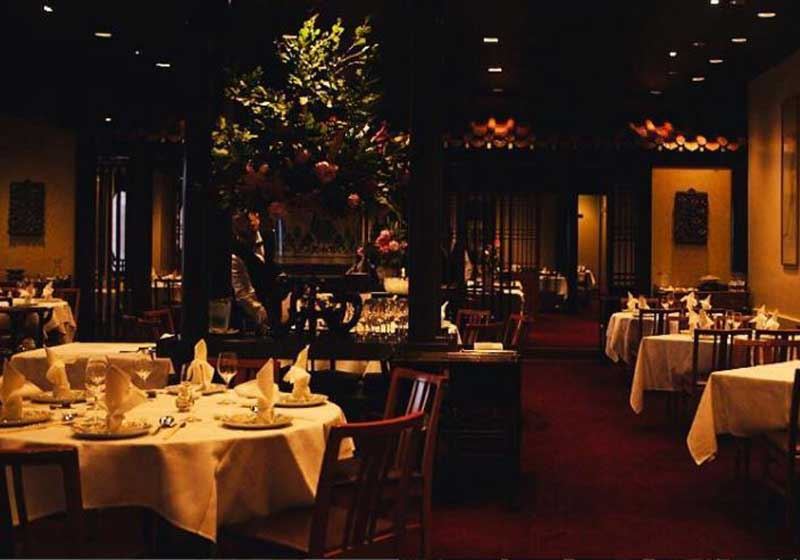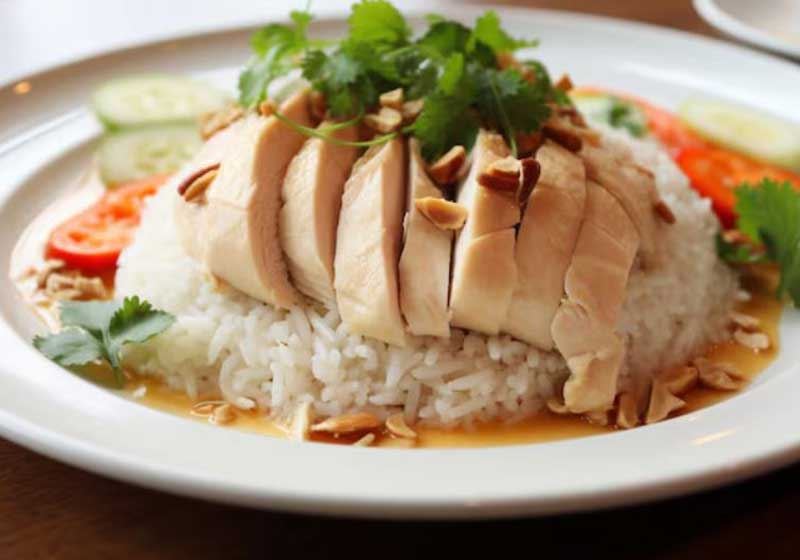By Saanika Madhwani.
Sous vide and slow cooking have both found enthusiastic followings among home cooks who are seeking restaurant-quality dishes from a single pot.
Renowned for producing tender, flavour-rich meals, these methods promise culinary excellence without professional training. When it comes down to maximising flavour, which truly delivers the best results - and which method brings a deeper sense of comfort or thrill to the table?
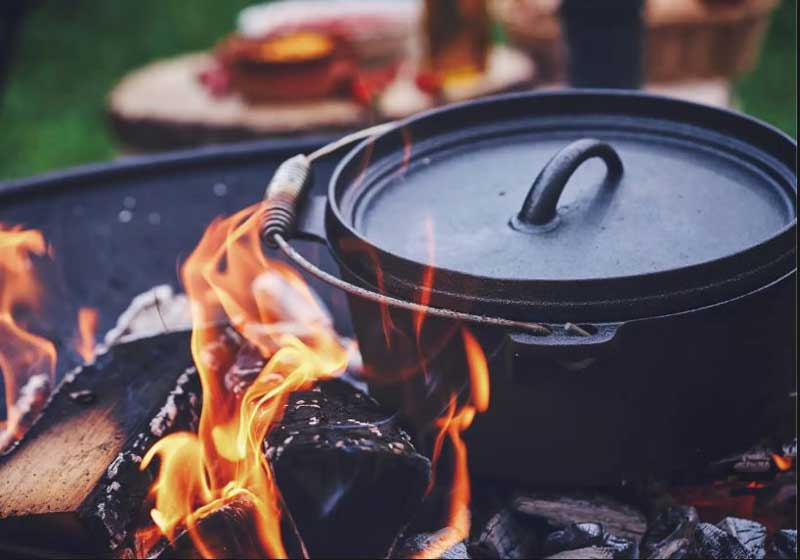
Understanding the Slow-cooked Advantage
Slow cooking involves gently cooking food at low temperatures over extended periods, often using slow cookers or sturdy cast-iron pots. This method excels in developing deep, caramelised flavours through long, gentle braising.
Affordable and straightforward - slow cooking shines with tougher, inexpensive meat cuts, enhancing their tenderness and producing rich umami notes. The downside, however, is the occasional inconsistency - overcooking can result in dried-out meats or uneven textures if left unattended for too long.
Still, there’s a nostalgic charm to a pot bubbling away, filling the kitchen with warm, inviting aromas that remind us of holidays, family gatherings and Sunday roasts.
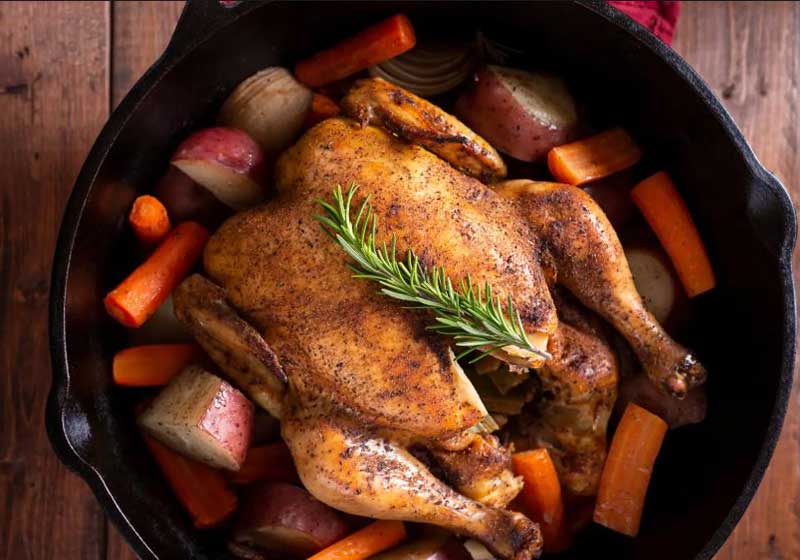
Precision Meets Performance with Sous Vide
Sous vide cooking, conversely, employs precise temperature control by sealing food in vacuum bags and immersing it in a meticulously regulated water bath. This technique ensures consistent and even textures, perfect moisture retention and precise flavour infusion.
Ideal for steaks, poultry, fish and delicate vegetables - sous vide cooking guarantees a restaurant-grade finish. Nevertheless, the higher upfront cost, reliance on single-use plastic and the additional searing step post-cooking may deter some home cooks.
There’s a certain excitement, however, in feeling like a true Chef with a water circulator humming on the kitchen top, promising flawless results every single time. Though sous vide itself isn't traditionally a one-pot method, many home cooks cleverly combine sous vide proteins with one-pot sauces or stews, blending both techniques for an elevated home-cooked meal that bridges high technique with ease.
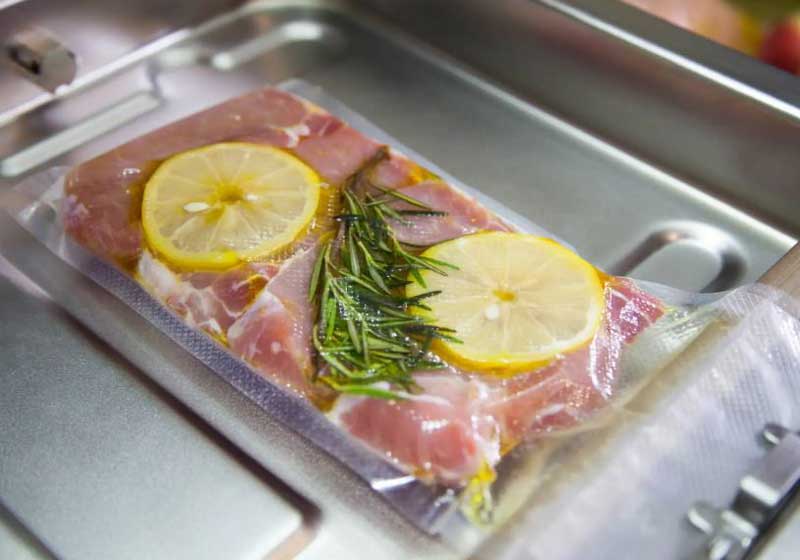
Rich vs Refined Flavours
When it comes to depth of flavour, slow cooking excels in creating hearty, layered dishes. The prolonged, gentle heat develops complex, robust tastes, particularly beneficial for cuts like brisket, chuck steak, or lamb shanks. The results are typically fork-tender, deeply savour, and comforting.
Sous vide, on the other hand, champions purity and precision. Ingredients retain their natural juices, textures remain perfectly consistent and subtle flavours stand out clearly, free from dilution or drying. Sous vide cooking shines brightest with delicate cuts such as tenderloin, chicken breast, and salmon.
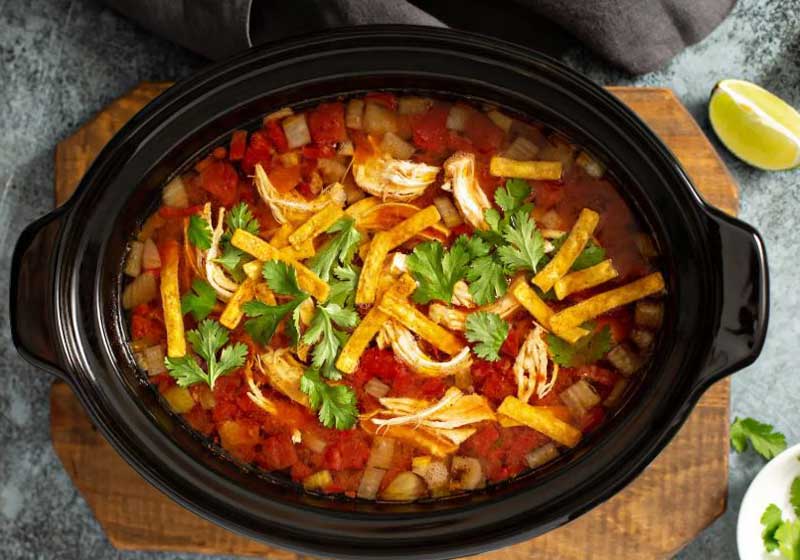
Equipment and Convenience
From an accessibility standpoint, slow cookers are budget-friendly and straightforward, typically priced between $50-$150. Ideal for beginners, they offer ease and convenience - plug-and-go simplicity for busy lifestyles.
Sous vide, however, involves higher initial costs - thermal immersion circulators, vacuum sealers and special bags range between $150-$400. This method also carries an environmental footprint due to plastic usage and demands strict adherence to food safety protocols to prevent bacterial growth.
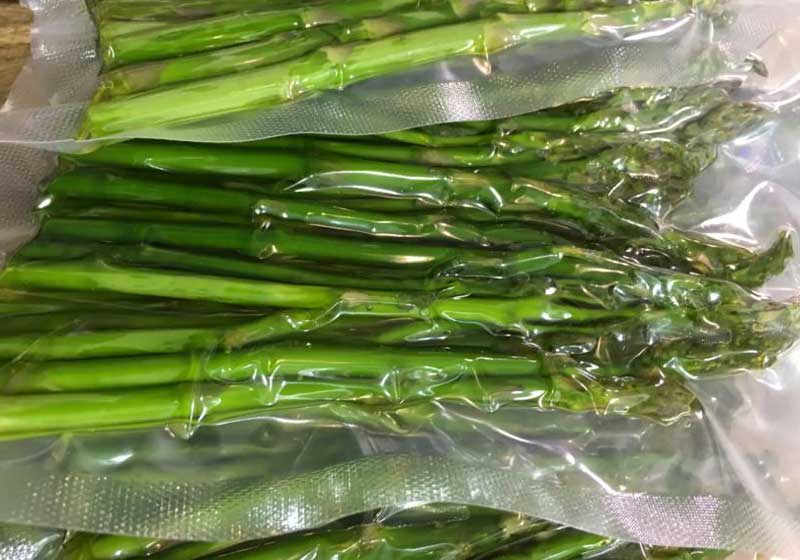
The Verdict
Ultimately, both sous vide and slow cooking deserve their spots in the culinary repertoire. Slow cooking is unmatched for comforting, hearty dishes, perfect for one-pot meals that reward patience. Sous vide, on the other hand, delivers flawless consistency and sophisticated flavours ideal for special occasions or gourmet home cooking.
In the end, choosing between these methods hinges on the specific flavour experience you're aiming to achieve, budget and time - whether it’s the heartwarming pull of slow-cooked nostalgia or the refined, modern edge of sous vide mastery.



